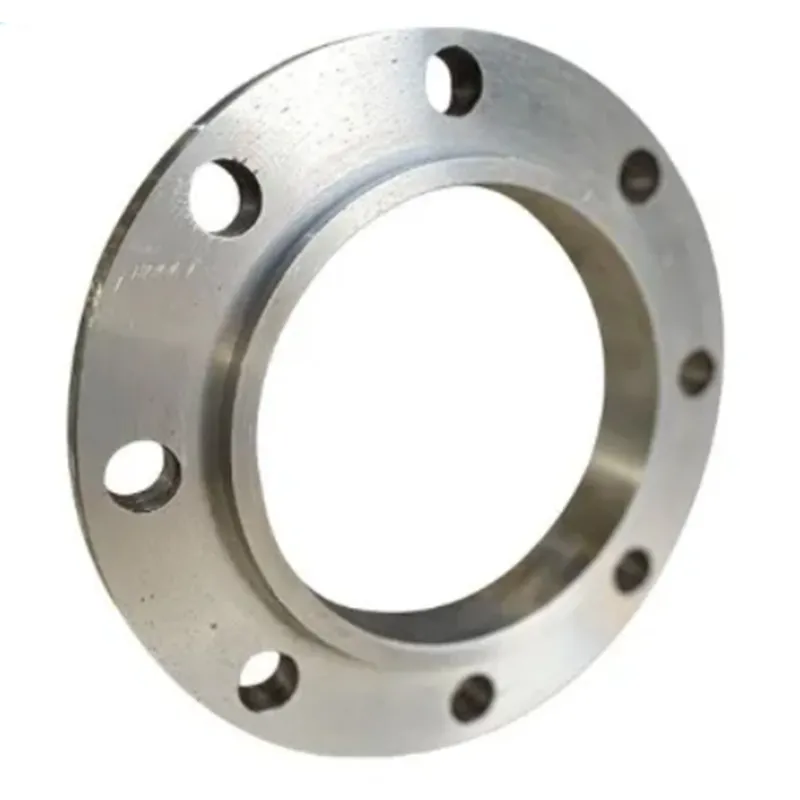-
Cangzhou Yulong Steel Co., Ltd.
-
Phone:
+86 13303177267 -
Email:
admin@ylsteelfittings.com
- English
- Arabic
- Italian
- Spanish
- Portuguese
- German
- kazakh
- Persian
- Greek
- French
- Russian
- Polish
- Thai
- Indonesian
- Vietnamese
- Zulu
- Korean
- Uzbek
- Hindi
- Serbian
- Malay
- Ukrainian
- Gujarati
- Haitian Creole
- hausa
- hawaiian
- Hebrew
- Miao
- Hungarian
- Icelandic
- igbo
- irish
- Japanese
- Javanese
- Kannada
- Khmer
- Rwandese
- Afrikaans
- Albanian
- Amharic
- Armenian
- Azerbaijani
- Basque
- Belarusian
- Bengali
- Bosnian
- Bulgarian
- Catalan
- Cebuano
- China
- China (Taiwan)
- Corsican
- Croatian
- Czech
- Danish
- Esperanto
- Estonian
- Finnish
- Frisian
- Galician
- Georgian
- Kurdish
- Kyrgyz
- Lao
- Latin
- Latvian
- Lithuanian
- Luxembourgish
- Macedonian
- Malgashi
- Malayalam
- Maltese
- Maori
- Marathi
- Mongolian
- Myanmar
- Nepali
- Norwegian
- Norwegian
- Occitan
- Pashto
- Dutch
- Punjabi
- Romanian
- Samoan
- Scottish Gaelic
- Sesotho
- Shona
- Sindhi
- Sinhala
- Slovak
- Slovenian
- Somali
- Sundanese
- Swahili
- Swedish
- Tagalog
- Tajik
- Tamil
- Tatar
- Telugu
- Turkish
- Turkmen
- Urdu
- Uighur
- Welsh
- Bantu
- Yiddish
- Yoruba

Sep . 10, 2024 07:24 Back to list
threaded couplings steel pipe
Understanding Threaded Couplings for Steel Pipes
Threaded couplings are essential components in the assembly and connection of steel piping systems. They facilitate the joining of pipes, allowing for efficient transmission of fluids and gases in various industrial applications. This article explores the significance, types, and applications of threaded couplings in steel pipe systems.
Understanding Threaded Couplings for Steel Pipes
One of the primary advantages of threaded couplings is their flexibility. They can accommodate various pipe sizes and configurations, making them ideal for complex systems that require diverse piping setups. Additionally, threaded connections are often used in situations where welded joints might not be practical, such as in locations where hot work permits are challenging to obtain.
threaded couplings steel pipe

There are several types of threaded couplings available for steel pipes, including straight couplings, reducing couplings, and flare couplings. Straight couplings are the simplest form, designed to connect two pipes of the same diameter. Reducing couplings, on the other hand, allow the connection of pipes with different diameters, which is particularly useful in systems where space constraints or flow requirements necessitate such configurations. Flare couplings provide a robust connection for high-pressure applications, offering enhanced sealing capability.
In terms of materials, threaded couplings for steel pipes are primarily made from carbon steel, stainless steel, or other alloy steels. Carbon steel couplings are often used in less corrosive environments due to their strength and ductility. Stainless steel couplings are selected for applications requiring higher resistance to corrosion, making them suitable for use in chemical processing, food and beverage, and marine environments.
Proper installation and maintenance of threaded couplings are crucial for the longevity and safety of the piping system. It is recommended to use pipe joint compound or thread sealants when connecting threaded pipes to prevent leaks. Additionally, periodic inspections should be conducted to check for signs of wear, corrosion, or threads stripping, which can compromise system integrity.
In conclusion, threaded couplings play a vital role in the functionality and efficiency of steel piping systems. Their design allows for adaptability and ease of installation, making them a preferred choice in many industries, including construction, oil and gas, and manufacturing. As industries continue to evolve, the demand for reliable and efficient piping solutions like threaded couplings will remain strong, emphasizing their importance in modern infrastructure. Understanding their types, uses, and maintenance will empower engineers and technicians to leverage these components effectively in their projects.
Latest news
-
ANSI 150P SS304 SO FLANGE
NewsFeb.14,2025
-
ASTM A333GR6 STEEL PIPE
NewsJan.20,2025
-
ANSI B16.5 WELDING NECK FLANGE
NewsJan.15,2026
-
ANSI B16.5 SLIP-ON FLANGE
NewsApr.19,2024
-
SABS 1123 FLANGE
NewsJan.15,2025
-
DIN86044 PLATE FLANGE
NewsApr.19,2024
-
DIN2527 BLIND FLANGE
NewsApr.12,2024
-
JIS B2311 Butt-Welding Fittings LR/SR 45°/90° /180°Seamless/Weld
NewsApr.23,2024











